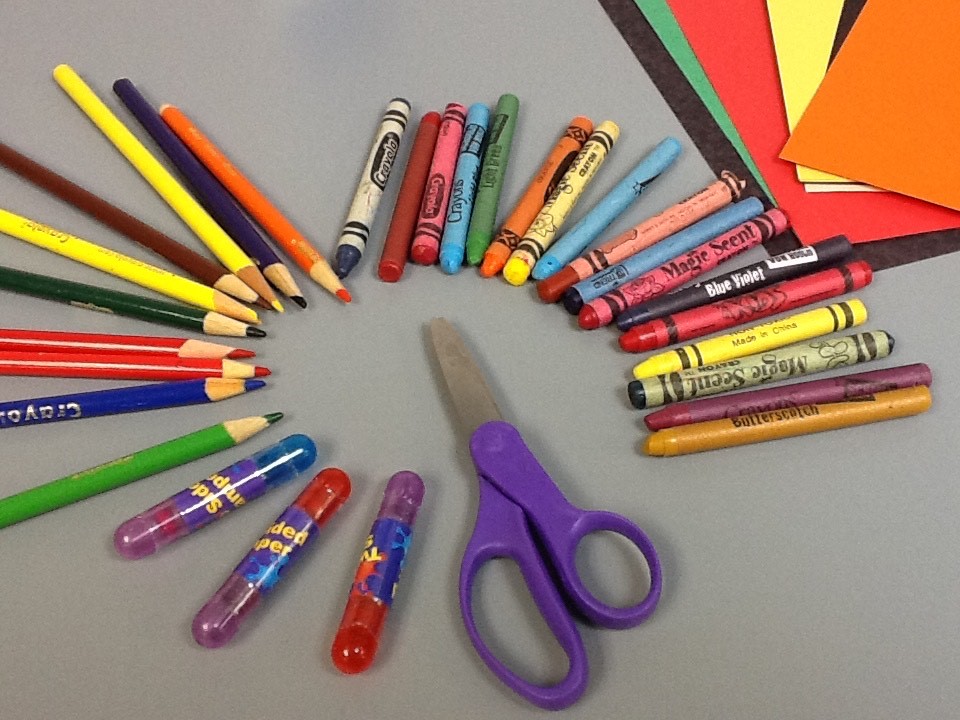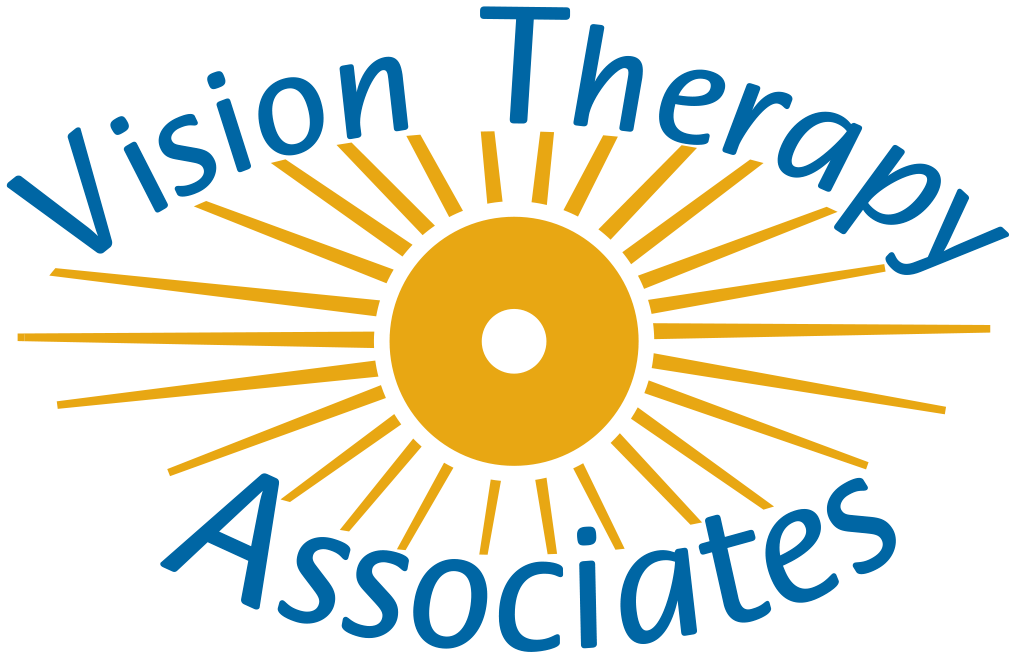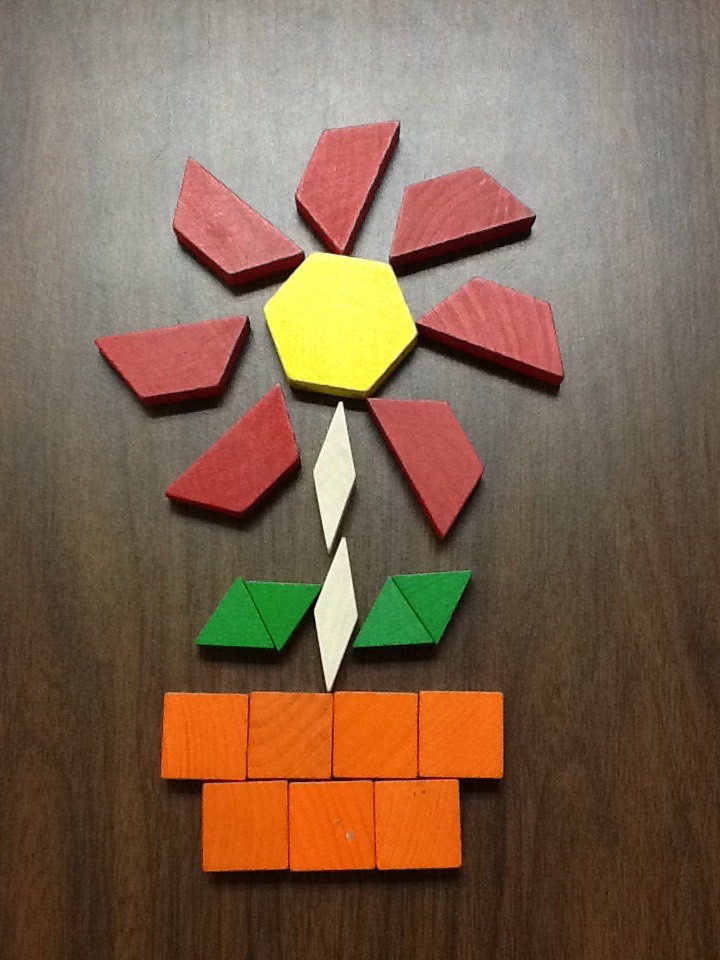Art and Crafts: A Great Way to Develop Visual Skills
In addition to being a fun pastime, art and crafts are a great way to develop the visual skills of visual motor coordination (eye-hand coordination), visual discrimination, visual spatial relations, and visualization. These are critical skills necessary for performing well in school with handwriting, math concepts, reading comprehension, creative writing, and even organization.
If you would like your child to have better handwriting, you can guide their creative playtime toward activities which strengthen the pincer grasp, and eye-hand coordination. Examples of such crafts are bead work, play dough, scissors activities, drawing, coloring, painting, string art, leather craft, loom crafts, latch hook, knitting, crocheting, and needlework.
To help build the areas of the brain used in understanding math concepts, encourage such activities as building models, making mosaics or pictures with pattern blocks, and creating or building anything where you follow illustrated directions. My favorite art pursuit for developing this area of the brain is learning to draw something using books which show you step by step how to draw a picture starting with simple circles, ovals, and squares. Books of this type are inexpensive, easy to find in any bookstore, available in a variety of subjects and skill levels, and provide hours of fun and entertainment.
Strengthening the skill of visualization is another benefit of spending time creating art, and crafts. Visualization is the ability to create, and manipulate images in your mind, and is intimately involved in reading comprehension, math word problems, following multiple step directions, spelling, organizing your thoughts for writing, and organization/planning in general. Every time you imagine what you are going to make, whether it is a simple drawing or cutting and pasting paper creations, you are practicing using your visualization. If creativity is lacking initially, you can give your child ideas to get started. For example, "use pattern blocks to make a flower", or "color a picture of a family going on a picnic", or "draw a picture from the book we read together last night", or "create a zoo scene with paper, scissors, and glue".


